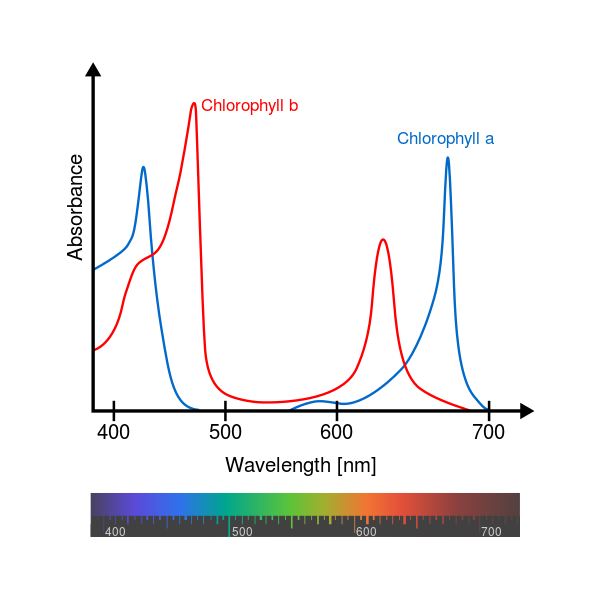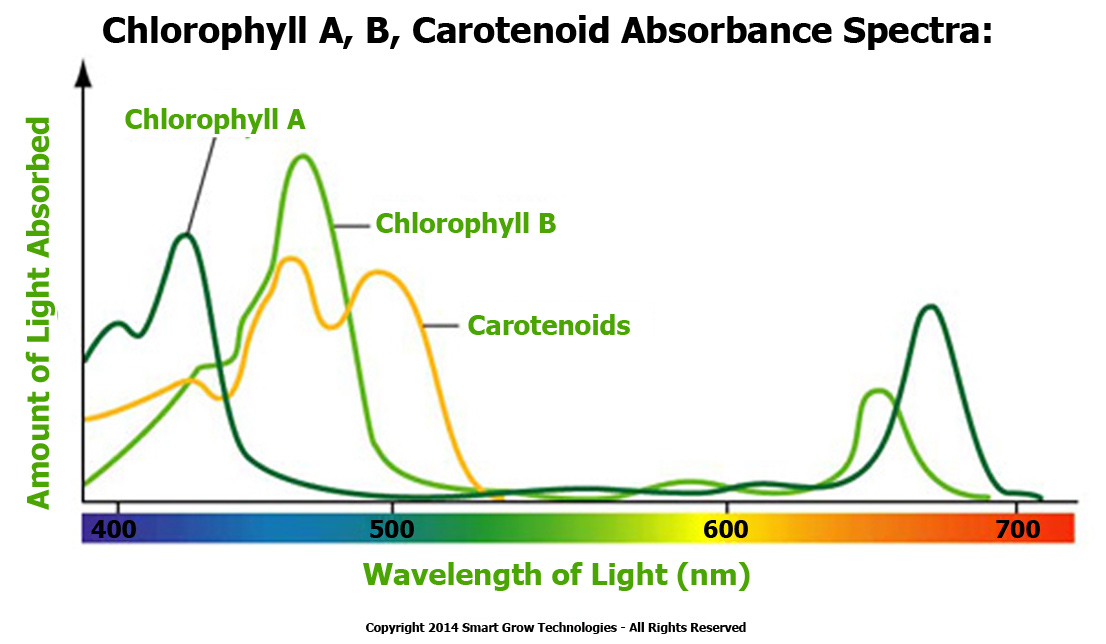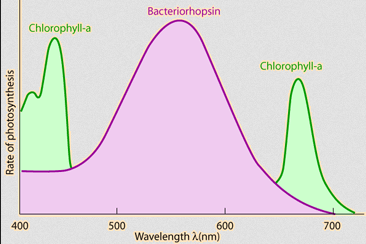The plant uses light to produce energy but also as a signal of how and when to grow (phototropism, photoperiodism). In the context of your question I'll first cover light-harvesting in photosynthesis and then phototropism.
Tl;DR
Blue and red light are important for plant growth. Red light is the main one in photosynthesis and if a plant is exposed to another low intensity, full spectrum light source there is no (theoretical) need for a blue LED.
Photosynthesis
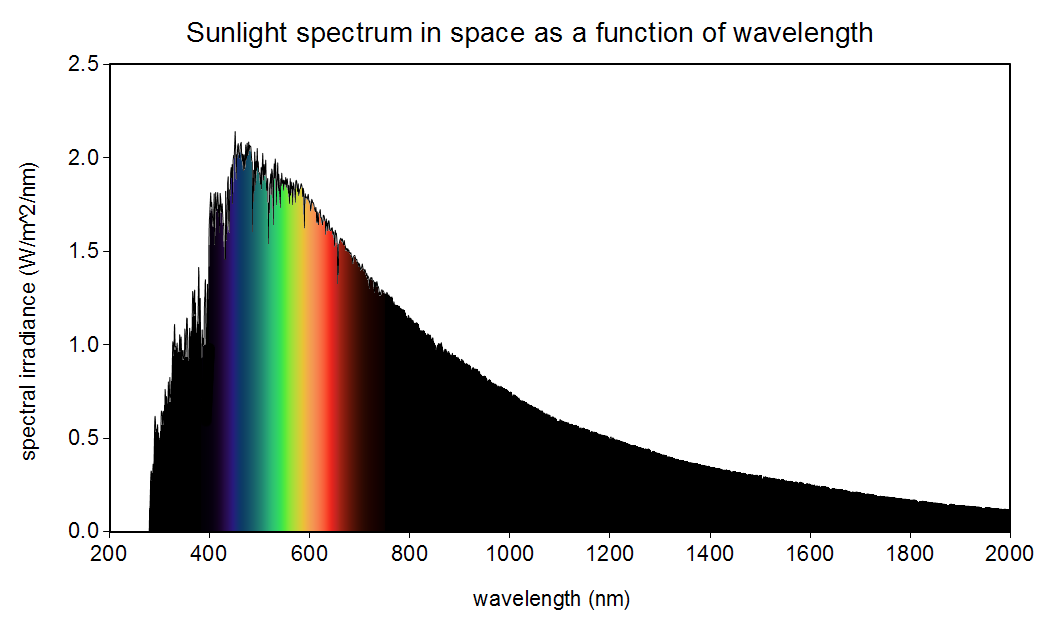
(from WTAMU)
The light from the sun arrives in many wavelengths, no one material can use all this energy. In photosynthesis light is intercepted by an antenna, a Light Harvesting Complex, made of different pigments, each intercepting photons in a unique energy level (wavelength). These antennas are situated around a reaction center and redirect the photons to it. Only the reaction center releases an electron to the electron transport chain. The pigment in the reaction center is modified chlorophyll a. In PSII (Photo System II, beginning of the chain) it's called P680 and in PSI it's called P700, the number denotes the excitation wavelength. The goal of the antenna is to gradually redirect photons to the reaction center and to its energy level (reducing the energy).
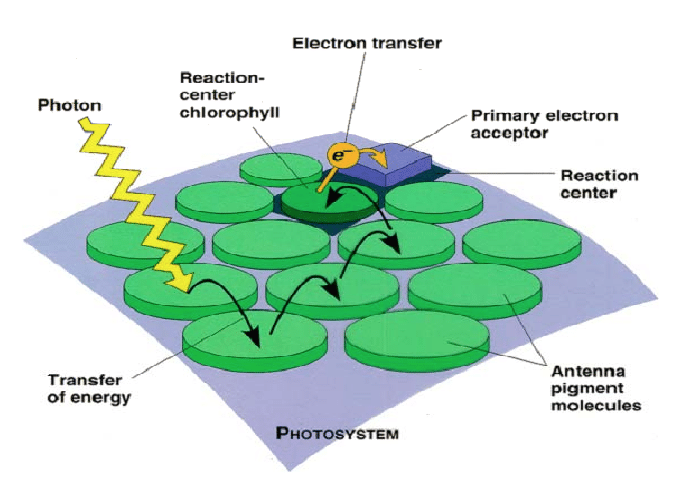
(Pandit, Anjali & Holzwarth, Alfred & Groot, Huub. (2006). Harnessing Solar Energy for the Production of Clean Fuels.)
When a photon excites a chlorophyll molecule this energy needs to dissipate in some manner. Energy dissipation from a blue photon excitation is too fast for it to be captured by the electron chain reaction. All the of the energy difference between blue and red photons is wasted (regarding photosynthesis).
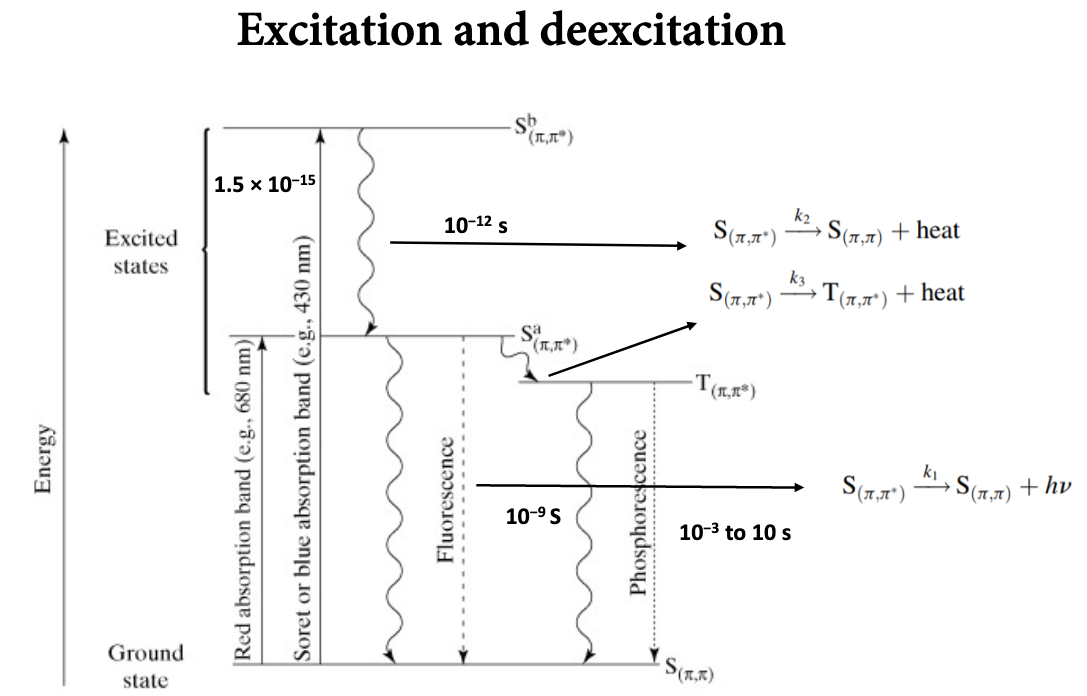
(Dr. Shilo Rosenwasser presentation)
From the chlorophyll and other pigment explanation we understand that using any light except red is wasteful regarding energy conversion efficiency, the plant photosynthetic system will "ignore" any energy extras above the red photon.
Phototropism
The stem of the plant grows towards light and the roots grow away from light, this phenomenon is easily observed by looking at plants close to a window, they tend to "look out" of the window. This means that plants have a sensor for light.
This observation was first correctly analyzed by Darwin (a historical review).
Without blue light plants will elongate in an proportional way called etiolation. Etiolation makes a deformed, fragile plant because of its mechanism. Without blue light a plant will etiolate, even with enough energy for photosynthesis.
It is important to note that the light intensity required in light-sensing responses is much lower than the intensity required for photosynthesis.
It is also important to remember that blue & red light take part in other critical steps in plant growth like germination and flowering.
In conclusion
Red light is the major contributor to photosynthesis. Blue light indicates to the plant that there is light and it should start growing normally and do photosynthesis.
In the LiCOR photosynthesis measurement instruments the default settings are 96% red light and 4% blue light, showing that empirically red light is relevant to photosynthesis and blue is for signaling.
If your plants are exposed to some natural light or white light (from a window or lamp in your living room) I don't think that you need to supply blue light as they will get the required amount from those sources. Growing in a controlled, closed environment does require the blue light.
